The National Gallery in Kabul doesn’t have many visitors
especially in winter, when the unheated galleries are bitterly cold.
But the building, which is overlooked by one of Kabul’s many hills, is a fine one
and has been restored by the Greek government as a national gift to the people of Afghanistan.
The staff is small but its members have tended the galleries diligently, against great odds.
The galleries are each dedicated to an Afghan artist, most of them from the first half of the twentieth century. Ghulam Mohammad Menangi is one of the artists whose work is on display; he died in 1935. According to the curators he was one of the first Afghans to paint in the Western style. Evidently he took this mission rather literally for even his subjects were European – many of the paintings on show are of European cities and landscapes. But there is an interesting portrait of Habibullah Khan (the erstwhile owner of the palace that has been turned into the National Archives [as described in an earlier post]).
The painter Abdul Gafoor Breshna painted Afghan landscapes.
There are some striking watercolours by Karim Shah Khan (like several other Afghan artists, he was also a musician and composer).
There is a fine self-portrait by Qurban Ali.
One of the galleries
features interesting
portraits of Afghans.
Sobra Rahmouni, who is a painter herself, is the Deputy Director of the National Gallery and has worked there for 27 years.
I learnt that the Taliban had destroyed two hundred and ten of the Gallery’s paintings. But the staff succeeded in concealing many of the Gallery’s artworks which is how some rather unexpected paintings managed to survive, like this one.
Despite the mass destruction of paintings, the Gallery remained open during te Taliban years. The staff continued to come to work although only a few inocuous flower and landscape paintings remained on display.
One of the few works in a contemporary idiom is by Tukhi, an Afghan artist who is now living in India. It was perhaps the single most memorable work in the gallery.
One of the rooms is dedicated entirely to past rulers,
including President Najibullah.
Most of the paintings however, were of the last ruling family, including this one featuring Nadir Shah (who was born in Dehra Dun).
Here, as in many other places I visted in Kabul, a nostalgia for the monarchy was clearly in evidence. I was told that this nostalgia was quite widespread in the country during the warlord years. It is odd but true that during their rise to power the Taliban too professed to be keen on a restoration of the monarchy (Emirate). There are some who say that one of the reasons why people did not resist the Taliban as vigorously as they might have is because it was widely believed that they did indeed intend to restore the monarchy. It was only after they had seized power that it became clear that their monarch was to be none other than Mullah Omar.

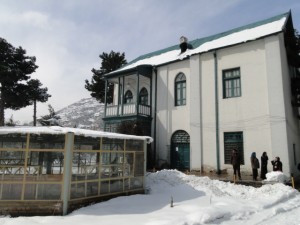
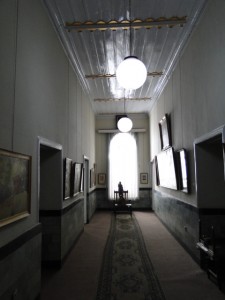


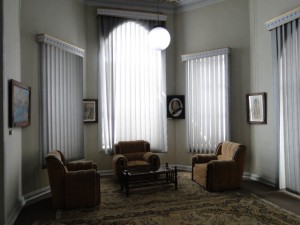
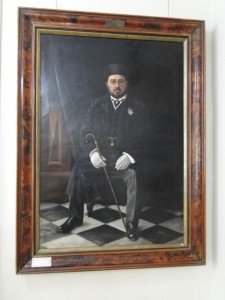


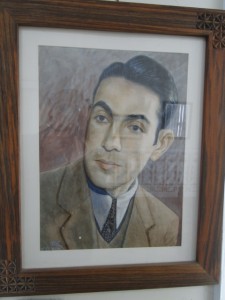
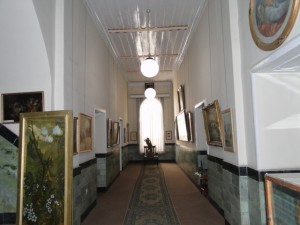


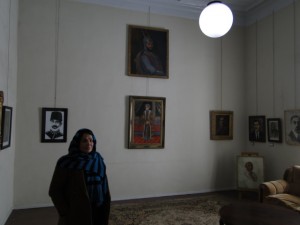

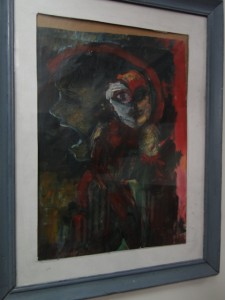
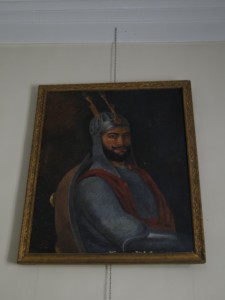
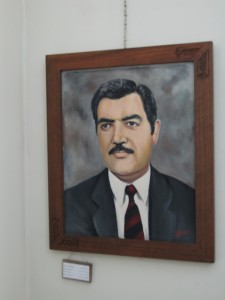
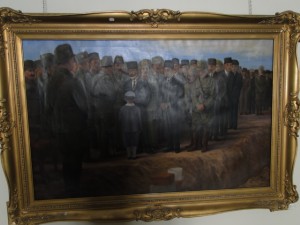
Hello, Chrestomather! Nice to meet you here. 😉
Dear sir or madam
I am an artist. I am an Afghan artist. I am a master at the fine arts.